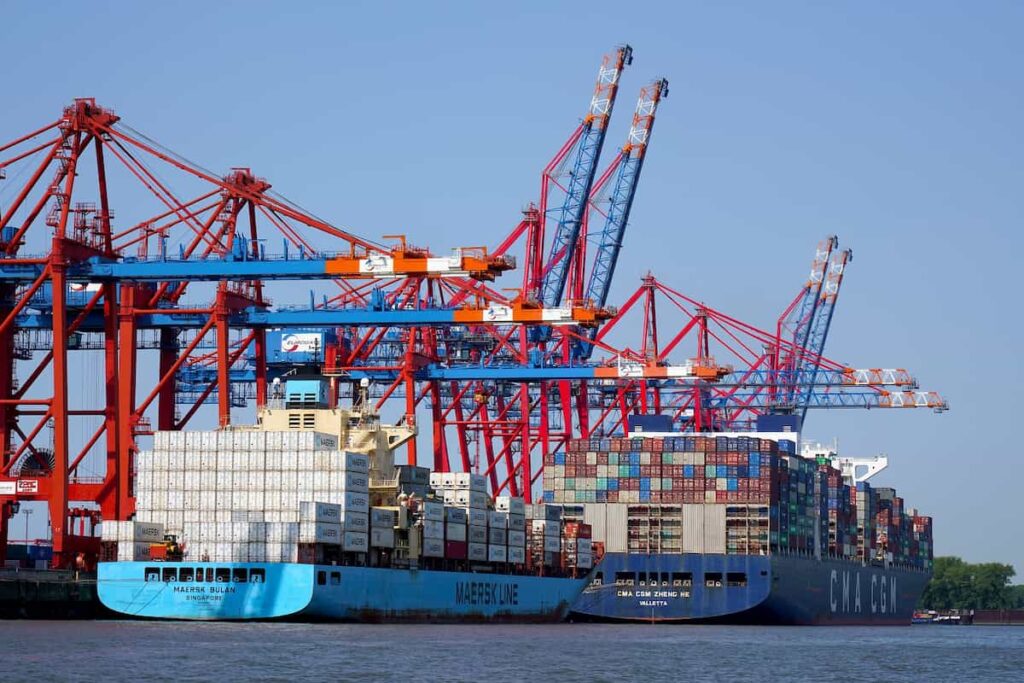
In today’s fast-paced global market, optimizing supply chains is crucial for companies striving for efficiency and competitiveness. Containerization has emerged as a game-changing technology, revolutionizing how goods are transported from factories to their final destinations. This innovative approach offers numerous benefits, from cost savings to enhanced security, making it a cornerstone of modern logistics.
The Rise of Containerization
Containerization involves packing goods into standardized containers, which can be easily transferred across various modes of transportation, including ships, trucks, and trains. This method was first popularized in the 1950s and has since become integral to global trade. By using standardized containers, companies can streamline their logistics operations, reduce handling costs, and minimize the risk of damage during transit.
Key Benefits
- Efficiency and Speed: Containerization significantly reduces the time required for loading and unloading goods. With containers pre-packed and sealed, the need for manual handling is minimized, leading to faster turnaround times at ports and distribution centers.
- Cost Savings: By reducing the need for specialized handling and storage, containerization lowers overall transportation costs. Standardized containers also allow for better space utilization, which can reduce shipping expenses.
- Enhanced Security: Containers provide a secure environment for goods, protecting them from theft and damage. The use of tamper-evident seals and tracking technologies further enhances security, giving companies and customers peace of mind.
- Flexibility: Containers are designed to be easily transferred between different modes of transport. This flexibility allows companies to optimize their supply chains by choosing the most efficient and cost-effective routes.
Challenges and Considerations
While containerization offers numerous advantages, it also presents some challenges. Companies must invest in specialized equipment and infrastructure to handle containers, and the initial setup costs can be substantial. Additionally, managing container logistics requires sophisticated tracking and coordination to ensure that goods are delivered on time.
The Future of Containerization
As technology continues to advance, the future of containerization looks promising. Innovations such as smart containers equipped with sensors and IoT capabilities are set to further enhance supply chain visibility and efficiency. By embracing these technologies, companies can stay ahead of the competition and meet the evolving demands of global trade.
Containerization has transformed supply chains by offering a more efficient, cost-effective, and secure method of transporting goods. As businesses continue to adapt to the challenges of a globalized economy, containerization will remain a vital component of logistics strategy, driving innovation and growth in the industry.